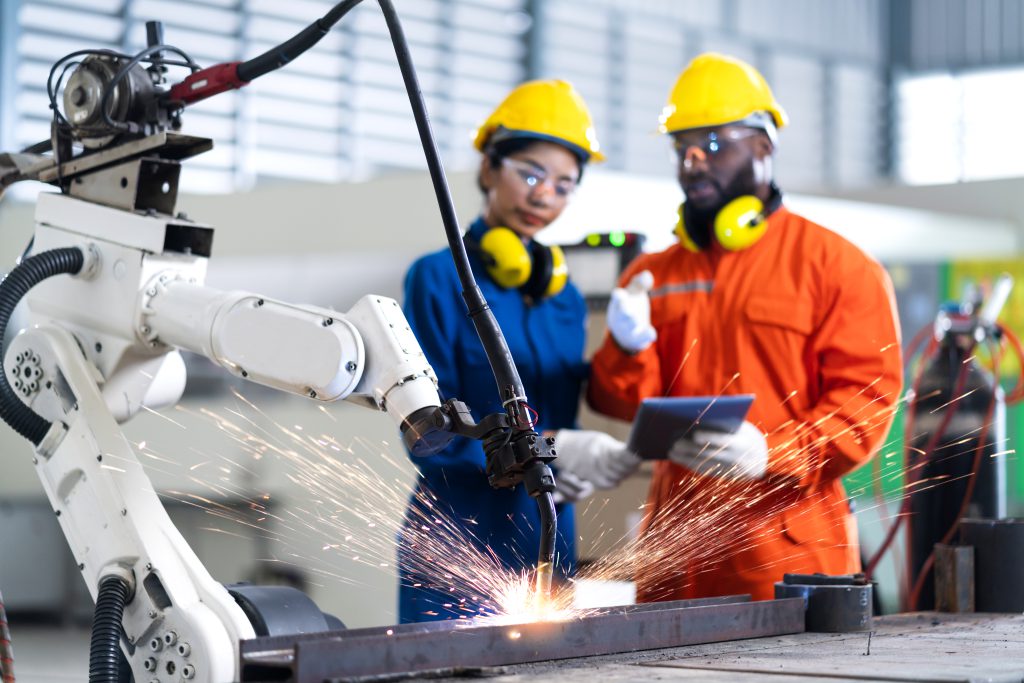FAQs
How we can help?
We work with our partners to streamline project plans that don’t just deliver on product perfection, but also delivers on time – crucial to success in a highly competitive market where every day counts.
AUTOMATION FAQS
Frequently Asked Questions
Industrial automation refers to the use of control systems (PLCs, DCS, SCADA) to operate industrial equipment with minimal human intervention. It enhances efficiency, safety, and accuracy while reducing operational costs.
- PLC (Programmable Logic Controller) is best for high-speed, sequential control tasks, commonly used in manufacturing and machinery control.
- DCS (Distributed Control System) is designed for large-scale process control, such as in oil refineries and chemical plants, providing centralized monitoring.
SCADA (Supervisory Control and Data Acquisition) is a system that monitors and controls industrial processes remotely. It integrates with PLCs and DCS to provide real-time data visualization, alarms, and reporting.
- Modbus (TCP/IP & RTU)
- PROFIBUS / PROFINET
- EtherNet/IP
- OPC UA
- HART (for instrumentation in process industries)
Consider processing power, I/O requirements, communication protocols, redundancy needs, and environmental conditions. We can help you select the best PLC for your needs.
Remote monitoring allows real-time access to operational data, enabling predictive maintenance, reduced downtime, and better decision-making—all while improving efficiency and reducing costs.
- Use firewalls and VPNs for remote access.
- Implement role-based access control (RBAC).
- Regularly update firmware and security patches.
- Monitor for anomalous activities in network traffic.
OIL & GAS MEASUREMENT FAQS
Frequently Asked Questions
Flow computers calculate and compensate for variables like pressure and temperature to provide accurate volumetric flow measurement, critical for custody transfer and production monitoring in oil & gas.
- Coriolis meters measure mass flow rate and are highly accurate.
- Ultrasonic meters measure velocity and are used for large pipeline flows and gas measurement.
Accuracy is ensured by calibrating meters, using flow computers for live compensation, maintaining proper API standards, and verifying through proving (meter proving and tank strapping).
The API Manual of Petroleum Measurement Standards (MPMS) defines industry best practices for hydrocarbon measurement, proving, and calibration, ensuring accurate and fair trade transactions.
Meter proving verifies the accuracy of a flow meter by comparing its output with a known standard (such as a prover loop or master meter). It ensures compliance with custody transfer requirements.
Fluids and gases expand or contract with temperature and pressure changes. Compensation ensures that measurements reflect a standardized volume or mass, critical for custody transfer.
A LACT (Lease Automatic Custody Transfer) unit automates the measurement, sampling, and transfer of crude oil from production sites to pipelines or trucks, ensuring compliance with regulatory and contractual standards.
ELECTRICAL ENGINEERING FAQS
Frequently Asked Questions
- Grounding connects electrical equipment to the earth for safety.
- Bonding connects conductive parts together to reduce voltage differences and prevent shocks.
Consider voltage rating, current rating, breaking capacity, trip characteristics (thermal vs. magnetic), and environmental conditions.
An MCC houses multiple motor starters and controls in one enclosure, improving safety, organization, and maintenance in industrial settings.
Factors include:
- Motor full load current (FLA)
- Voltage drop limits
- Temperature and environmental conditions
- Cable length and ampacity
Use NEC or IEC standards for proper selection.
VFDs control motor speed and torque by adjusting frequency and voltage, leading to energy savings, better process control, and reduced mechanical stress.
- Use active harmonic filters
- Install line reactors or passive filters
- Optimize transformer and motor selection
- Follow IEEE 519 standards for harmonic mitigation
DATA ENGINEERING FAQS
Frequently Asked Questions
Data engineering focuses on designing, building, and maintaining the infrastructure needed for collecting, storing, and processing large volumes of data. It ensures that data is accurate, reliable, and accessible for analytics and decision-making.
Data Warehouse: A structured database optimized for fast querying and reporting, typically used for business intelligence (BI). Example: Amazon Redshift, Snowflake.
Data Lake: A flexible storage system that holds raw, semi-structured, and unstructured data for advanced big data processing. Example: AWS S3, Azure Data Lake.
ETL (Extract, Transform, Load): Data is transformed before loading into the database. Best for structured and predefined analytics.
ELT (Extract, Load, Transform): Data is loaded first, then transformed inside the database. Best for big data, flexible analytics, and cloud-based processing.
Implement data validation checks (e.g., schema enforcement, anomaly detection).
Use deduplication techniques to remove redundant records.
Monitor data lineage and governance to track how data is processed.
Use automated alerts and logging for data inconsistencies.
Data Processing: Apache Spark, Pandas, SQL
Data Storage: PostgreSQL, Snowflake, BigQuery, Amazon Redshift
Orchestration: Apache Airflow, Prefect, Dagster
Streaming: Apache Kafka, AWS Kinesis
ETL/ELT Pipelines: dbt, Talend, Fivetran


